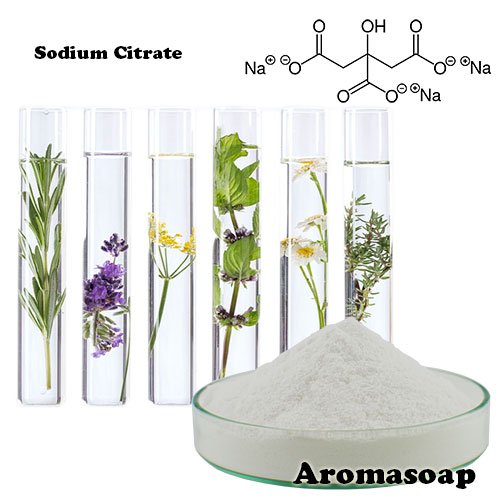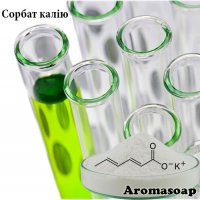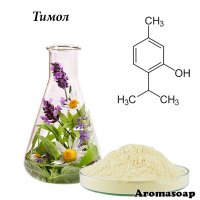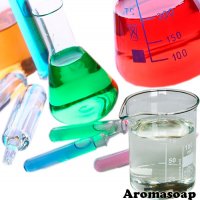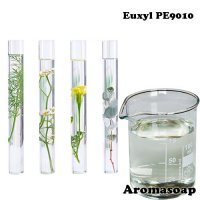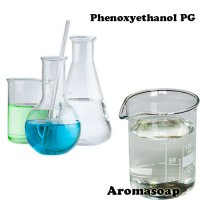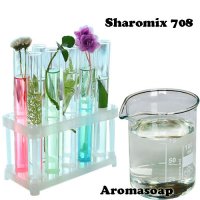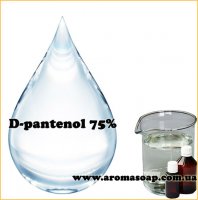Sodium citrate, pharmaceutical.
INCI: Sodium Citrate
Synonyms: trisodium citrate, sodium citric acid, trisodium citrate, food additive E331.
Appearance and organoleptic properties: white crystalline powder, odorless, with a sweet and sour taste.
pH of 5% solution: 8.73
Mass fraction of the main substance: 99.72%
Solubility: in water.
Sodium citrate is an auxiliary additive used in soap making from scratch, as well as for stabilizing cosmetic and medicinal products as a pH regulator. Maintaining the required pH level is important for the correct operation of preservatives, surfactants, and many active ingredients contained in a particular water-based cosmetic product. The pH level may spontaneously change during storage due to hydrolysis of product components, which ultimately leads to the ineffectiveness of the product and/or its rapid spoilage.
To create a buffer, sodium citrate is used in combination with citric acid. In this case, the required pH level is set and regulated by the ratio of sodium citrate and citric acid.
Citrate buffer is often used in shampoos and other foaming formulations, while citric acid additionally acts as a chelating agent that binds metal ions, in particular hardness salts in tap water.
Each buffer has a certain buffer capacity, within which, when adding a certain amount of another acidic or alkaline agent, the pH of the system will remain at the same level.
Using acid salts, you can enrich tonics, body mists, and hair sprays with acids. If you use acids alone, the pH of the product will be extremely acidic. When paired with salts, acids work as active agents under physiological pH conditions for skin and hair. You can use any salts of weak acids in pairs: sodium citrate/citric acid, sodium lactate/lactic acid, sodium succinate/succinic acid, respectively. You will get a lemon, milk, amber buffer. The dosage in this case is chosen so that the product does not have stickiness and similar qualities that can reduce the consumer properties of the product; usually up to 1.5-2% in total with acid. To select the pH, use a pH meter, strips give a large error.
Sodium citrate has a slight preservative ability.
It should also be remembered that acid salts are electrolytes that can destabilize the gel, emulsion, or surfactant system. Check the compatibility of the sodium citrate in the formula with potentially sensitive ingredients.
In soap from scratch, sodium citrate is a highly desirable agent. Citric acid salt improves the quality of the soap bar and makes it harder. Due to citric acid, ions of hardness salts bind, thereby the soap foams well. Sodium citrate should be used for making laundry soap and shampoo soap in order to prevent the formation of soap deposits on hair, fabrics, and surfaces due to the formation of insoluble calcium and magnesium salts with fatty acids.
Using a ready-made salt of citric acid in soap from scratch instead of a combination of citric acid and calculated alkali has the advantage that the first option eliminates the situation when low-quality weak citric acid comes across, and the calculated alkali remains in excess. This mistake happens to soap makers if they use food grade or non-certified citric acid.
To make soap from scratch, sodium citrate is dissolved in water before adding lye. Otherwise, sodium citrate will not dissolve due to the high pH of the alkaline solution.
Dosage in soap - 0.5-4%
Store in a dry place, away from light and air.

